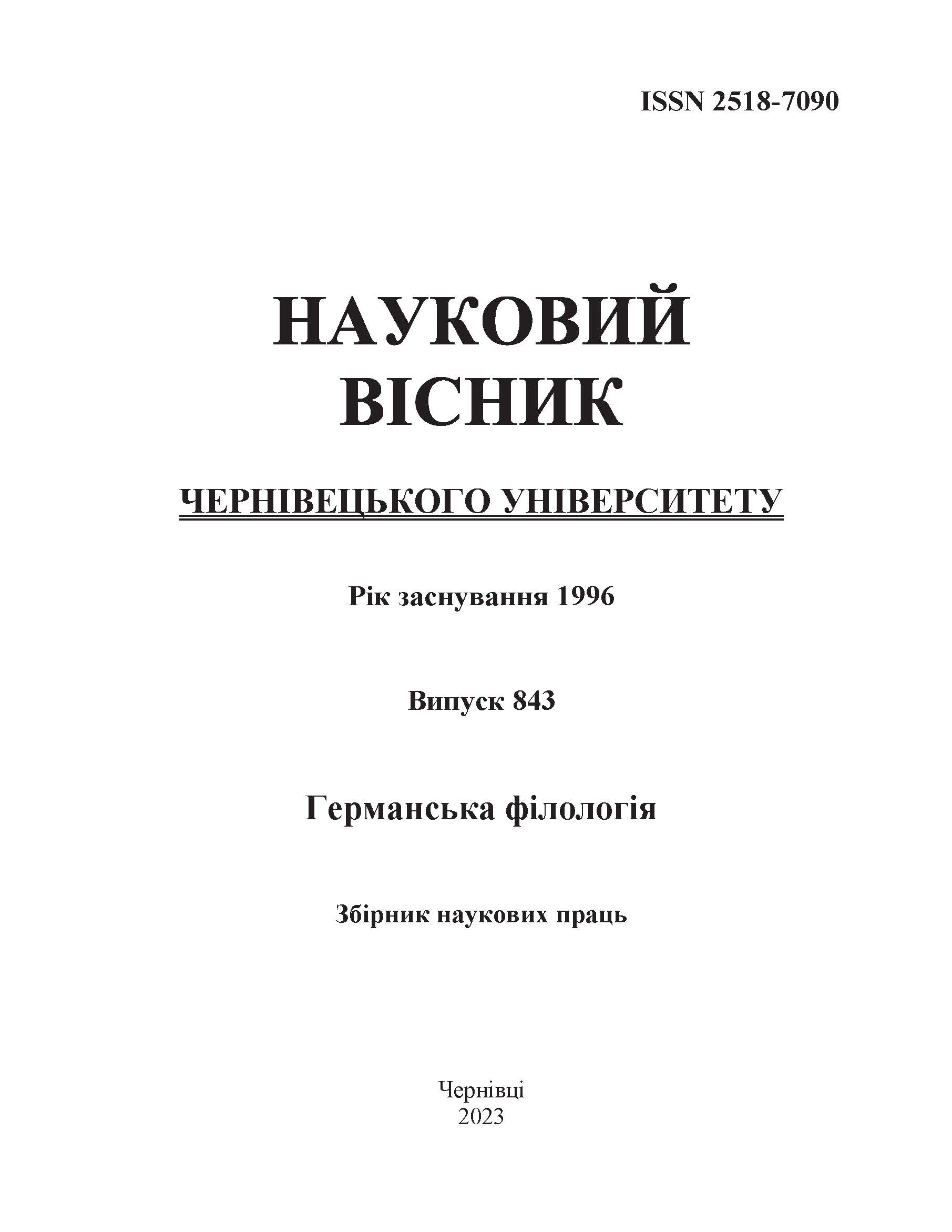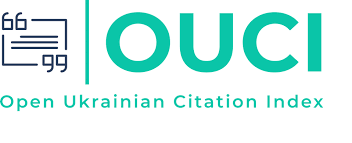ЛІНГВОКРЕАТИВНИЙ ПОТЕНЦІАЛ КОНВЕРСІЇ В АНГЛІЙСЬКІЙ МОВІ
DOI:
https://doi.org/10.31861/gph2023.843.26-35Ключові слова:
конверсія, конверсив, словотвір, транспозиція, семантична аналогія, лексико-семантичні групи, тематичні групиАнотація
Стаття присвячена встановленню лінгвокреативного потенціалу конверсії в англійській мові на основі неологізмів – новостворених слів або словосполучень, які ще не є загальновживаними або визнаними мовцями. Неологізми можуть з’являтися в мові з різних причин, наприклад, для вираження нових понять або ідей, для опису нових технологій або явищ, або для забезпечення точності понять для певної галузі або спільноти. Лінгвокреативний потенціал конверсії полягає в її здатності створювати неологізми та розширювати словниковий запас мови. Конвертуючи слово з однієї частини мови в іншу, мовці можуть виражати нові відтінки значення або додавати багатогранності мовленню.
Для дослідження лінгвокреативного потенціалу конверсії в англійській мові виокремлено 1080 прикладів зі словників неологізмів "The Facts on File Dictionary of New Words" (1985), "The Morrow Book of New Words: 8500 Terms Not Yet in Standard Dictionaries" (1982), в якому представлені неологізми-конверсиви 1950-1970 років, а також "The Oxford Dictionary of New Words": A popular guide to words in the news" (2010) та "Webster's New World Dictionary of American English" (2016), в яких наведено неологізми-конверсиви початку ХХІ століття. Усі приклади проаналізовано з урахуванням соціально-економічних передумов їхньої появи, описано особливості вживання неологізмів-конверсивів як відображення мовної картини світу людини, встановлено кількісні характеристики поширення неологізмів-конверсивів у різні часові періоди.







